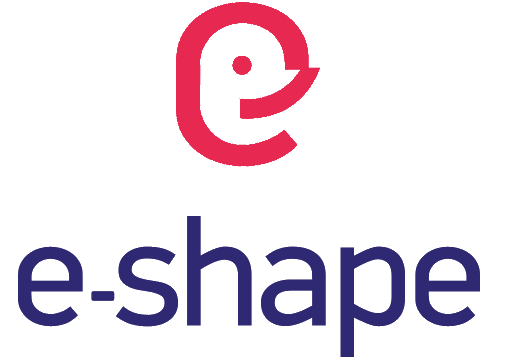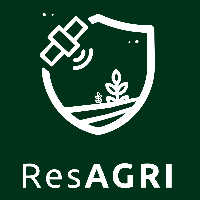The Adverse Selection:
The tool is currently available over Rodopi region for cotton crop and can be accessed by the top right menu, where the user can select the layer of interest (hazard / vulnerability / risk of the corresponding weather peril for cotton - namely flood, extreme temperatures, gale winds and hail). On top of the visualisation, the user can receive an overview of the aforementioned metrics for each parcel on mouse hover, over the area of Rodopi.
Our analysis is based on European Centre for Medium-Range Weather Forecasts (ECMWF) ERA5-land for 2m Temperature and ERA5 for wind gusts, datasets which combine vast amounts of historical observations into global estimates using advanced modelling and data assimilation systems, as well as Climate Hazards Group InfraRed Precipitation with Station data (CHIRPS) validated precipitation product that blends satellite observations with in-situ measurements from rain-gauges. Vulnerability maps are produced from an analysis of a 10-yr record of damages in cotton crop over Rodopi region, provided by Greek Agricultural Insurance Organization (ELGA). The analysis will soon include additional regions as well as crop types.
The Early Warning:
The user can access the weather forecast data by clicking upon any part of the map within Greece. Upon clicking, 10-day as well as 2-day high resolution weather forecasts will emerge in respective tabs.
The 10-day meteorological forecasts are provided from the Global Forecast System (GFS), the numerical model produced by the National Centers for Environmental Prediction (NCEP). The operational global analysis and forecast data are on 0.25-degree x 0.25-degree grids with a forecast step of three hours. The GFS model is a coupled model, composed of four separate models (an atmospheric model, an ocean model, a land/soil model, and a sea ice model), which work together to provide an accurate picture of weather conditions. Changes are regularly made to the GFS model to improve its performance and forecast accuracy. It is a constantly evolving and improving weather model.
The current meteorological parameters are provided from BEYOND/NOA operational forecasting model, which uses the Advanced Research WRF (ARW) model that is a configuration of the Weather Research and Forecasting (WRF) model. WRF-ARW v.4 runs operationally on BEYOND/NOA servers daily and provides high-resolution forecasts over Europe (6-km) and Greece (2-km) for 60 forecasting hours. Initial and boundary data are provided by NCEP GFS 0.25-degree analyses and forecasts (12Z cycle).
As a quick indicator, threshold buttons are available for specific parameters (wind, temperature, precipitation, CAPE, etc) to denote values that often lead to damages for the specific crop type (cotton) according to literature.


